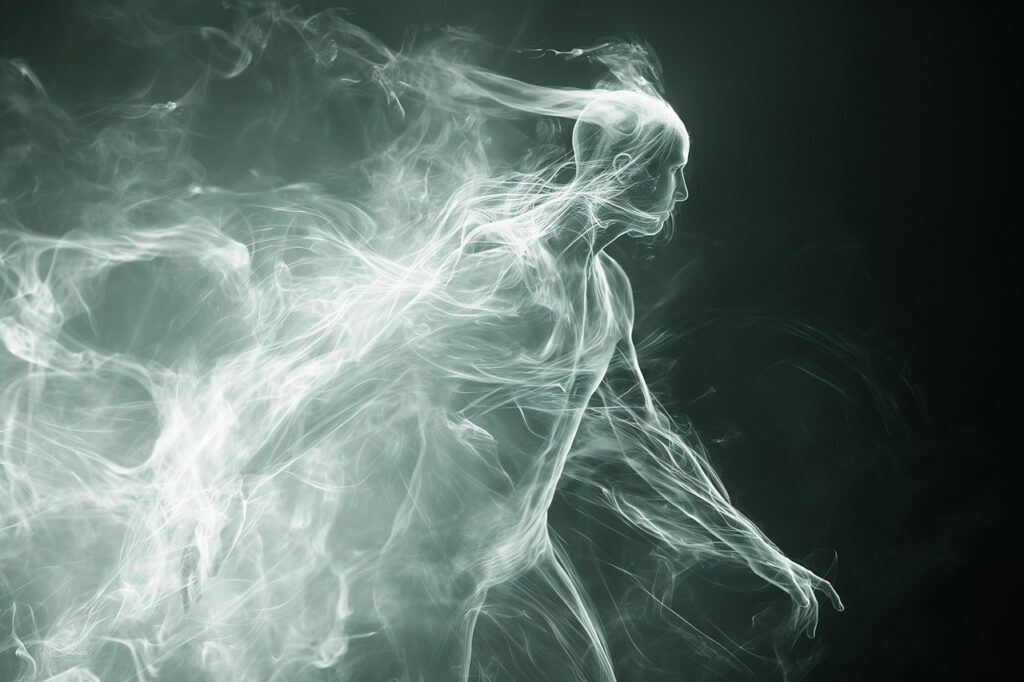Sensory Energies

Pratyahara is the 5th limb of yoga and one that seems to get lost between the more external practices of the body and more internal practices of the mind. However, what I have continued to discover is that the way Iyengar Yoga approaches the practices of Asana and Pranayama already begins the process of “drawing a practitioner’s senses inward and under control”, the definition of Pratyahara. Staying longer in an asana to feel its effects, focusing step-by-step on stages of both posture and breath control, working through sequences that connect and layer actions and effects are techniques intended to capture our usually unruly and distracted senses and direct them toward the collection of knowledge of our own Self.
To be a practitioner of yoga is to cultivate the ability to keep our desires and fears in check, and to persevere in severing our attachments to outer experience that cloud our inner Truth. We can do this only if we can clearly differentiate between our “outer experience” (Prakrti) and “inner Self” (purusa). This formidable task requires honing our sensory perceptions through Pratyahara and going through a searching self-examination with devotion to our Self as part of all Creation.
“The path of Yoga is like a sharp edge of a razor, narrow and difficult to tread, and there are few who find it. The yogi knows that the paths of ruin or of salvation lie within himself”
In the Introduction to “Light on Yoga” BKS Iyengar teaches that, as we commit to this devotion to self-examination, it is extremely helpful to understand the gunas – the energies and qualities that make up all of nature. As we become aware of the changes and transformations that Nature takes, we can begin to discern our own Truth more clearly. We can become more sensitive to our actions and reactions and our physical and mental states in terms of these three qualities of nature:
- Sattva: The illuminating, pure or good quality that leads us to mental clarity and serenity.
- Rajas: The quality of mobility and activity that can make us active and energetic, but also tense or willful.
- Tamas: The dark and restraining quality that can obstruct or counteract productivity or clarity.
“The faith held, the food consumed, the sacrifices performed, the austerities undergone and the gifts given by each individual vary in accordance with his predominant guna.” All things we experience are colored by a combination of gunas. Through practice of Pratyahara, we learn which of our thoughts, words, and actions are prompted by rajas and tamas, and we work to eliminate them in favor of sattvic ones.
Transformation through the imbalance of the gunas leads toward a more sattvic frame of mind. The pull of desires becomes less, and disturbances in our citta (consciousness) lessen. This pull toward sattvic and undisturbed consciousness transforms the practitioner’s mindset from attachments to ever-changing Nature (Prakrti) to devotion to the unchanging and untouched Self (purusa).
When focus of the mind becomes easier, we are ready for the 6th limb of yoga, Dharana, mental concentration on a single point or task. And, once again, the way BKS Iyengar covers this topic in the Introduction to “Light on Yoga” is a unique and insightful one. Stay tuned.